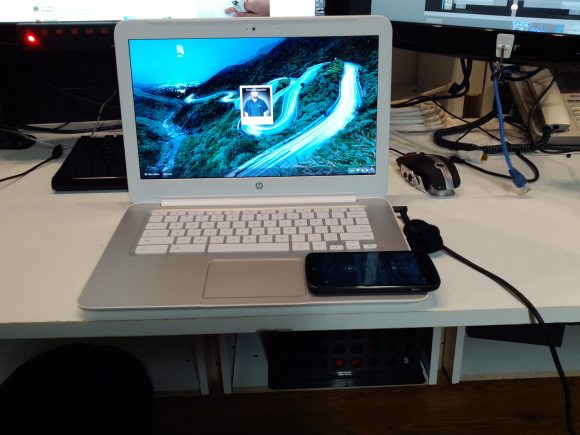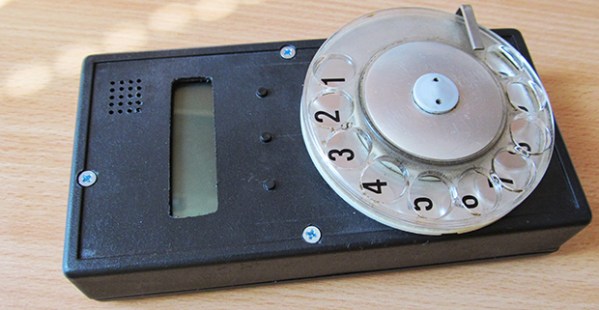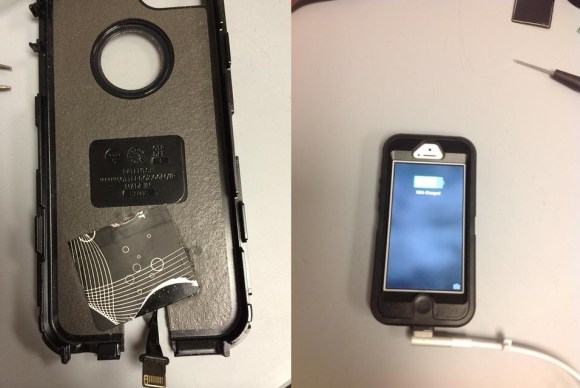
[Luke Wren] just wrote in to tell us about his new science blog called Wren’s Tech — it’s only a few days old, but he’s already got some pretty cool science experiments written up! Like how to estimate the muzzle velocity of a BB gun using just a voice recorder, and a curtain!
There are many different ways you could do this. One of the easiest is using a high-speed camera with a known grid or pattern as the background — like how Mythbusters does it. Unfortunately, high-speed cameras are usually out of reach for most hobbyists. [Luke] explains a rather cool system you can build with some electronics, whereby you have two thin wires a known distance apart — run current through both and use a circuit that can detect the interrupt as your projectile breaks the wires — or, you can use a voice recorder. Continue reading “Estimating BB Gun Muzzle Velocity With A Voice Recorder And A Curtain”




 Finding your tent at a music festival is a tricky endeavor – not only are there miles and miles of tents exactly like yours, you most likely have a few beers or other substances in you that affect your sense of space and/or time. [James]
Finding your tent at a music festival is a tricky endeavor – not only are there miles and miles of tents exactly like yours, you most likely have a few beers or other substances in you that affect your sense of space and/or time. [James] 










